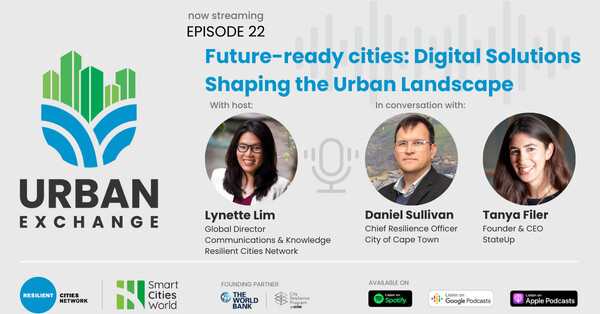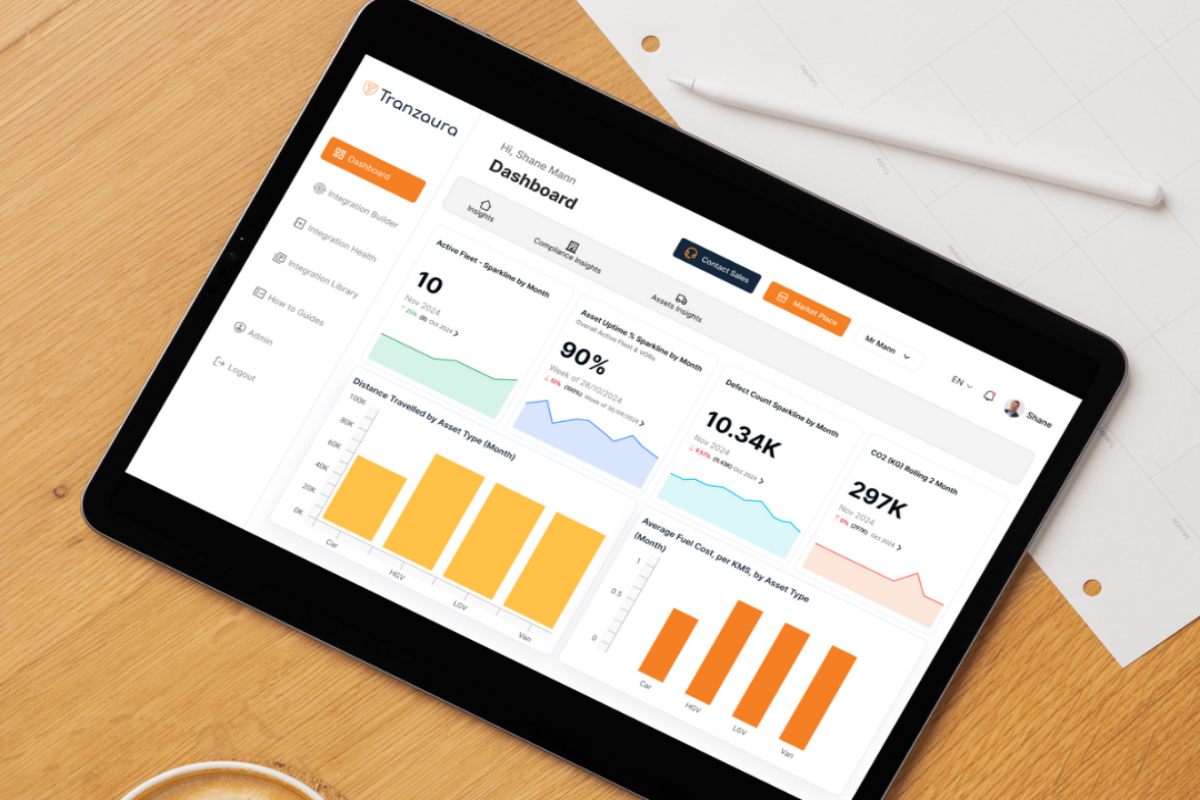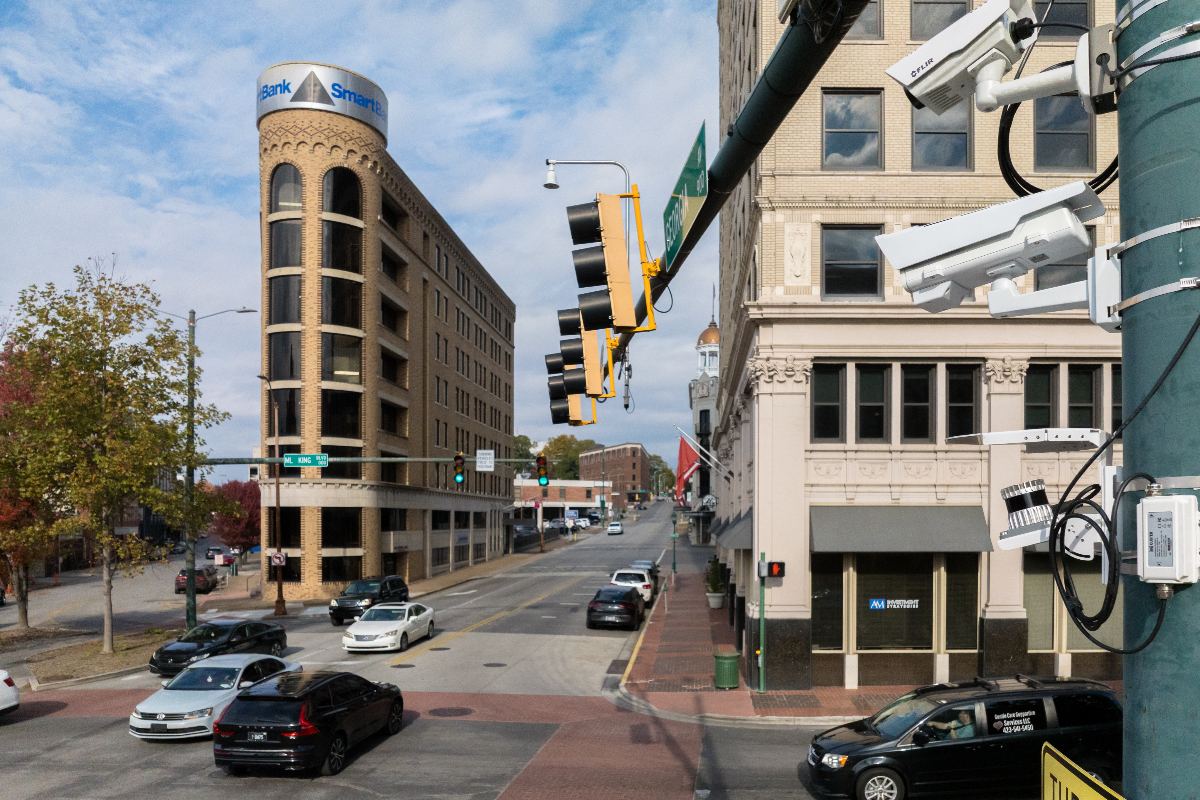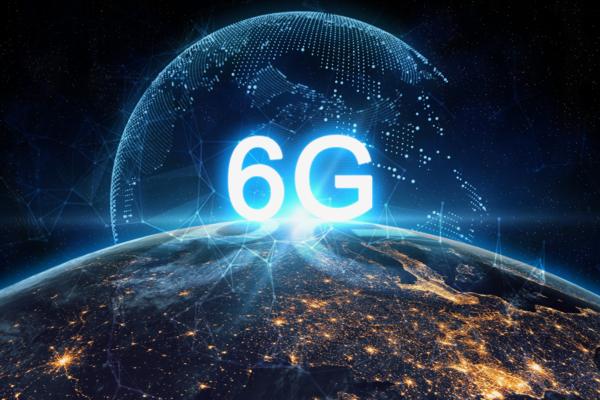Special Reports
SusHi Tech Tokyo 2024: experience ‘Tokyo 2050’ todaySponsored by The SusHi Tech Tokyo 2024 Showcase Program Executive Committee
Reviving smart cities with edge computing and 5G
5G and edge computing are interlinked, enabling cities to better handle disruption.
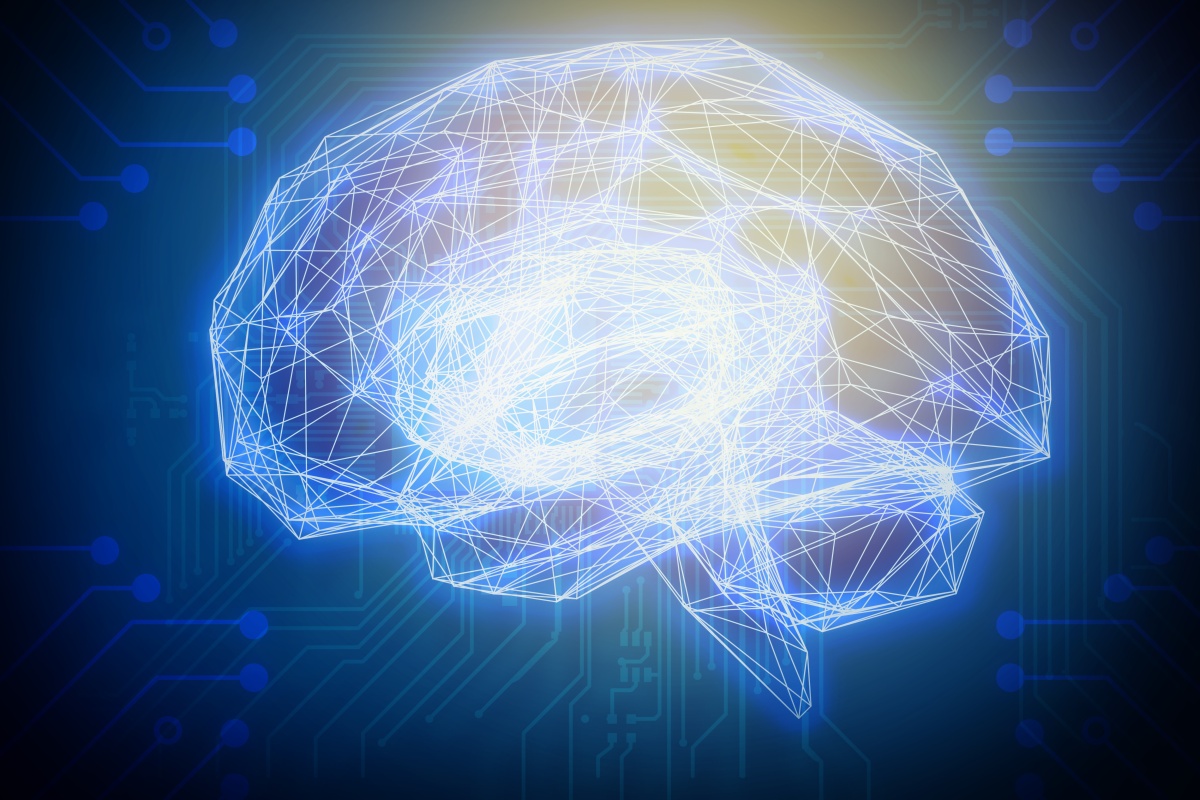
As we recover from Covid-19, we have the opportunity to rethink our cities. During the pandemic we’ve been more reliant on our local communities as well as on technology – and these two things will come together to create new smarter cities. With more people becoming aware of the realities of climate change, future cities are likely to be set up very differently when it comes to both energy and transport.
All autonomous transport, and much of the technology future smart cities will depend on 5G and edge computing. The latter is essentially a technological version of what we’ve been doing throughout the pandemic - relying on what’s nearby. This enables greater resiliency as well as more information to be added into the system to create ever smarter cities.
5G networks offer increased cell density, higher data speed and lower network latency. In 5G, more processing is being pushed to the edge of the network, enabling the implementation of low latency applications. In addition, cell site densification provides increased network capacity, more data bandwidth and higher mobile data speeds to the consumers. This network densification will enable advanced analytics for real time decision-making. The applications of 5G technology can help cities save money, resources and create cleaner, safer and healthier places for people to live.
5G and edge computing go hand in hand. 5G increases the amount of data that can be communicated, while edge computing uses data to run calculations locally as opposed to sending it elsewhere to be analysed and acted upon. This is often faster and more resilient to disruption. Combined, these two technologies hold massive promise and are the preeminent emerging technologies of today.
According to studies by IDC, worldwide 5G connections are set to grow to 1.01bn in 2023 and worldwide spending on edge computing will reach $250bn in 2024. This presents an enormous ecosystem opportunity to transform cities by infusing next generation technology.
Smart cities aim to improve the quality of life for residents. Key technologies like Internet of Things (IoT), blockchain, artificial intelligence and analytics can be leveraged to cover a whole gamut including waste management, smart parking, e-governance, electricity and public lighting, education, health, traffic management, and smart buildings. It is the combination of edge computing, 5G capabilities and industrial Internet of Things devices which underpins the efficient use of tech, has the potential to enable smarter supply chains, and better equip us to handle disruption.
Utilities and infrastructure
Edge analytics can enable a smart city municipality to better manage and conserve precious resources including energy, water and fresh air. Analytics on top of IoT sensors in water systems and waste management systems enable better monitoring and management while innovative electric grids increase energy efficiency for businesses and consumers alike. Edge analytics also help in the monitoring and controlling of building operations such as heating, ventilation, air conditioning, lighting, and security to enable the best possible living environment virtually and automatically.
Economic development and civic management
Traffic flow, parking space availability, utility usage and public streetlight management can be monitored by using IoT sensors on a 5G network. Authorities can leverage edge analytics to find practical solutions to conserve energy, optimise water and power resources, and reduce environmental impact. During the pandemic, we have seen some trends of people moving out of congested cities and into areas which are less crowded and with better services. Using technology, minimum traffic congestions and improved waste management can help to entice new residents and increase economic opportunities within the community.

Public safety and crime control
Edge analytics and edge AI enable advanced and secure video, sensor and communication systems to proactively monitor public spaces and law and order. Using edge AI, crimes or other disastrous events can be prevented or de-escalated before they jeopardise public safety. Sensors embedded in critical infrastructure such as bridges and power plants can monitor structural data to identify potential dangers, protecting citizens and the economic well-being of the city. Sensor-equipped drones can monitor vehicular traffic, crowds, construction sites and disaster areas to help monitor conditions continuously and support first responders. Overall, communities benefit from increased trust in law enforcement and disaster management.
Intelligent transport and autonomous intelligent vehicles
Edge analytics will be the key enabler for the connected autonomous driving vehicles revolution. Road vehicles will communicate with each other and with infrastructure and improve overall road safety. It will also lead to reduced traffic congestions and enhanced driver comfort.
Edge computing-based Vehicle-to-Cloud solutions enable edge cloud capabilities for different levels of autonomous driving through different services (e.g. high definition real-time maps, real-time traffic monitoring and alerts). Distributed AI applications in cars will send video data over 5G radio to an edge computing site inside a telco network. Video data will be processed in near real-time by machine learning algorithms at the edge cloud. Results of real-time image processing will be sent to the car, where comparisons with local analysis will be done and a final decision, such as an instruction to the driver, will be made.
Smart healthcare
Healthcare is seeing a huge surge in the number of connected devices. Edge computing and edge analytics can reduce this burden to a great extent. A clinician’s mobile device can capture patient data into a connected analytics platform at the edge in real-time. Patients will no longer need to wait for analysed results, which would significantly reduce their number of visits.
The concept of the collaborative edge will be another enabler wherein geographically dispersed data is fused into a combined and edge device consumable view. For example, deep learning has recently gained relevance in ophthalmology due to its ability to detect clinically significant features for diagnosis and prognosis. This has resulted in various deep learning systems to be embedded within ophthalmic imaging devices, allowing automated image acquisition. The same can be performed at a smartphone-based device level, for instance by using a hi-resolution fundus imaging system attached to a smartphone.
Allowing cities to think for themselves
The transformative potential of edge analytics is nearly limitless. The speed of 5G networks coupled with the fact that local processing can be offloaded to the edge of the network makes the proposition of edge analytics very strong. Reduced latency and connected, intelligent devices speaking to each other make for an invaluable leap from the current paradigm that requires sending large chunks of data back to the cloud for analytical processing and insights. Autonomous decision-making and cognitive intelligence at the devices or the edge network cut down both, processing and decision-making latency. This means that decisions can be made, crucially, in real-time.
Edge analytics in 5G will not be restricted to traditional descriptive analytics and will continue to evolve. This powerful technology has the capacity to learn from context, predict what will happen next, prescribe the next best action or decision, and learn from the past behavioural patterns to take the most optimal decision. For fully autonomous applications, edge analytics will automate the next action in real-time. With the speed of 5G, more information will be collected and processed, and edge analytics generated insights will increasingly drive decision-making, leading to cognitive intelligence applications. In short, the future of smart cities is drawing on 5G and using edge computing to help cities think for themselves.
Co-authored by Manish Sood, Consulting Partner, Analytics & AI Consulting, Wipro and Shamit Bagchi, Data Scientist and AI Consultant, Analytics & AI Consulting, Wipro







